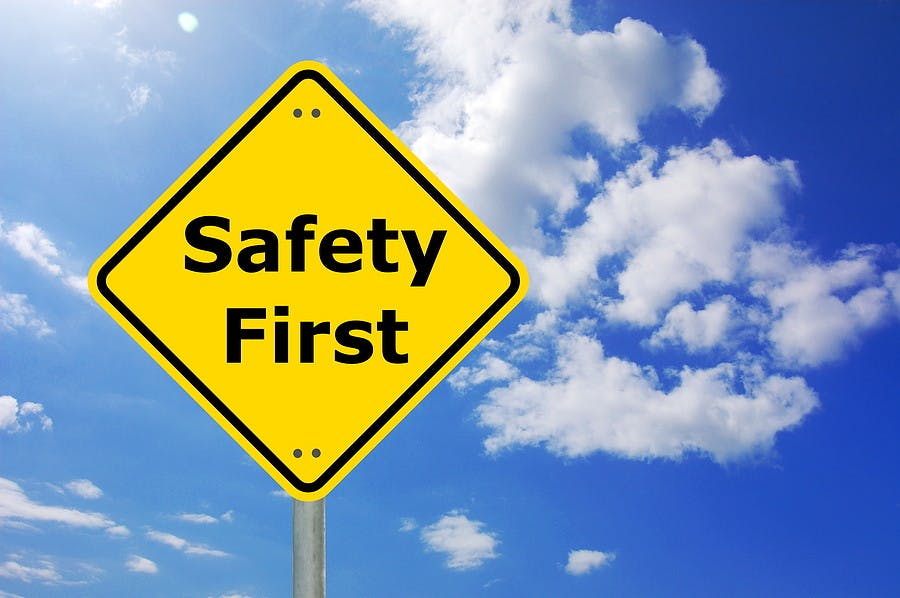There is a new formula for employee engagement, and it is as simple as it is powerful: Expectations + Experiences = Engagement.
The E3 model for employee engagement doesn’t sound overly complicated (and it isn’t), but it is shocking how many companies either completely overcomplicate engagement or neglect its principles altogether.
Let’s unpack this a little further. While employee engagement is critical for company success, it is not something that organizations can fix directly. It is a symptom of an underlying factor or, in many cases, several factors. In that regard, the business world is very similar to the medical field.
When it comes to our health, we understand that a heart attack is a condition that can have several contributing causes. Likewise, in the business world, we recognize the underlying causes of low employee engagement, including toxic cultures, bad managers, no autonomy, and lack of recognition. But whereas we are relatively quick to prevent heart attacks, organizations are far slower at addressing problems that lead to low engagement.
Value Currencies That Drive Engagement
My research has found that today’s employees have 30 different value currencies that they expect to receive in return for their time, focus, and energy that they put into work. Every worker has a unique set of expectations — it’s like a unique fingerprint of expectations. Still, there are definite trends and similarities among employees. The degree to which employers can meet these 30 expectations is largely responsible for engagement and retention.
The problem starts with most companies not being aware of all 30 value currencies. The average organization is tracking only 10-15 of them, which means that they have substantial blind spots. They are considering only half, if that, of what employees want. A key currency that sometimes gets overlooked, and our focus here, is safety/care.
Indeed, a recent survey from Kronos (now Ultimate Kronos Group) found that nearly 9 in 10 U.S. employees believe their employer has an “obligation” to notify employees who may have been in contact with a co-worker who tested positive for Covid-19.
Prioritizing Safety
Safety and care were relevant even before the pandemic, but mostly in industries and job functions with inherent risks to people’s physical and mental wellbeing. Covid-19 has changed that almost overnight.
Today, amid a global pandemic, safety and the duty of care is top of mind for everyone, regardless of industry or job function. Employees have the expectations that their employers play an active role in protecting their health and wellbeing. It’s not only a nice-to-have but an emotionally charged expectation. Consequently, thorough deliberation, planning, and rollout of safety and care-related matters during the pandemic are of utmost importance and can directly influence engagement.
Here are a few questions that will help you discover ways in which your safety measures are influencing engagement:
- Are you communicating to your employees the changes that your business has implemented to keep them safe?
- How are you communicating with future employees regarding safety?
- How have you defined your responsibilities under “duty of care” to your employees and your customers (if applicable)?
- What steps are you taking to address violations related to safety and care?
- Are you providing safety training to 100% of your employees?
- How are you leveraging technology to enable contact-tracing?
- Even if you’re already doing all you can to create a safe workplace, how can you also increase the perception that you are doing so?
Trust and Engagement
While you weigh your options on how to exercise your ethical and legal obligations to provide a safe workplace and to exercise your duty of care as defined by the law, keep in mind the impact it will have on the trust relationship with your employees and their level of engagement.
